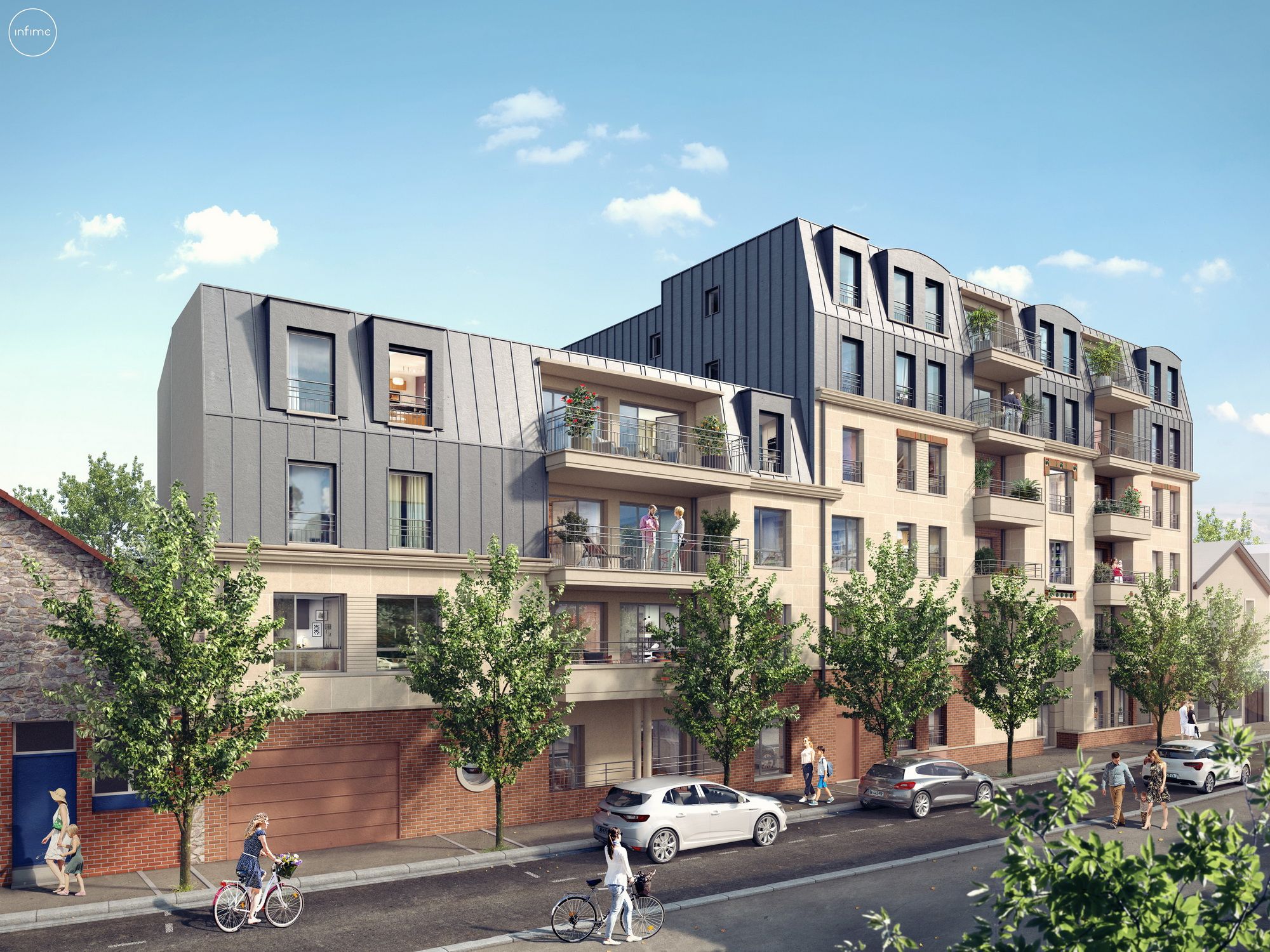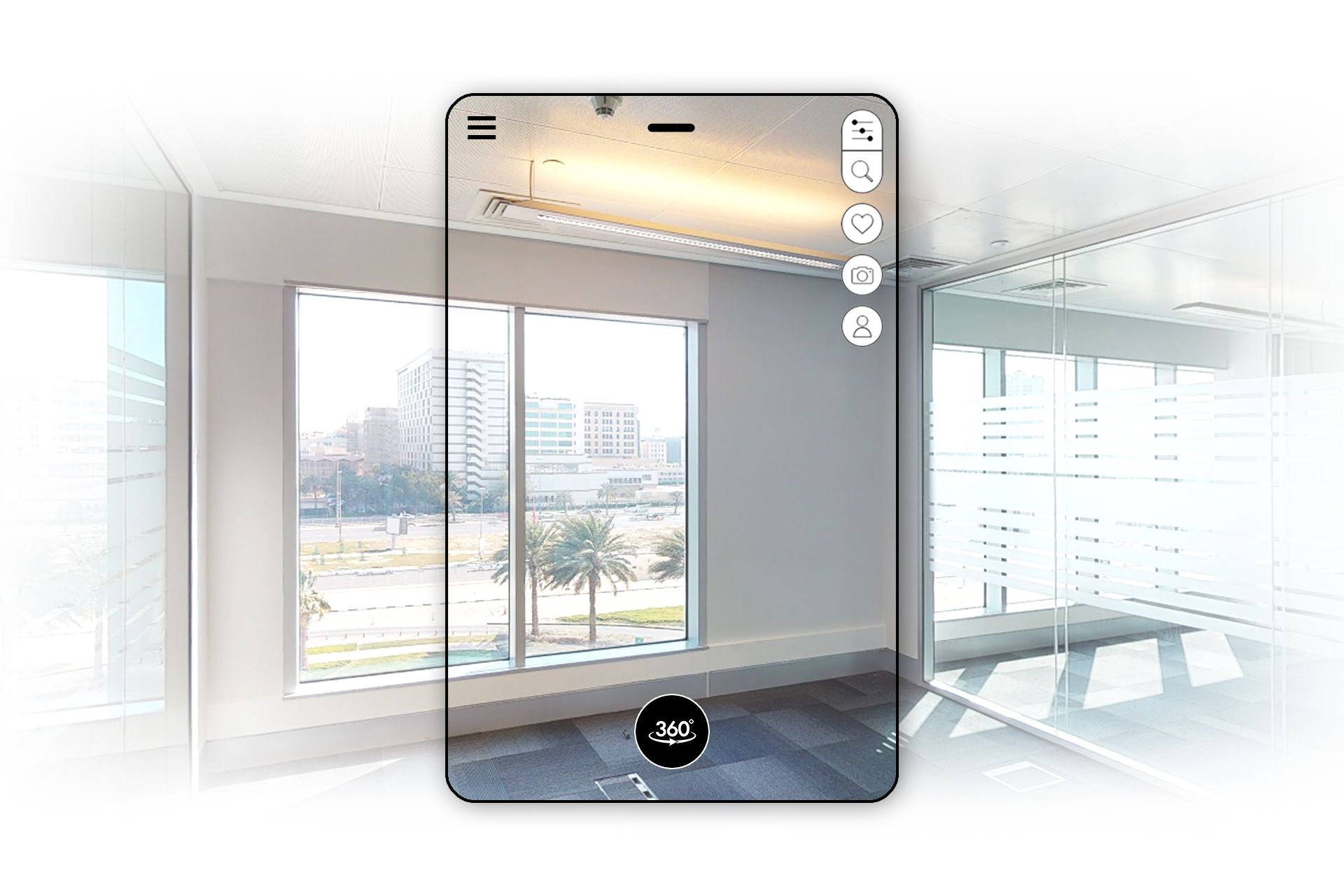In the real estate and architectural sectors, visualization has become an essential tool for convincing, reassuring, and selling. Thanks to digital modeling, it is now possible to faithfully represent projects well before their completion. Among the most popular tools are the 3D orbital model, 3D perspective, and virtual tours.
But what are the real differences between these three visual communication tools? Which one should you choose for your project? And above all, what are the advantages and limitations of each? This article offers a detailed analysis to better understand these technologies and leverage them strategically.
3D Orbital Model: A Global and Interactive View of the Project
The 3D orbital model is an interactive digital representation of a real estate project that allows for rotating navigation around the building.
The advantages of the 3D orbital model
This type of model allows you to view the project as a whole, rotate around it in 360°, zoom in on certain details, and integrate clickable points to enrich the experience (information, interior views, plans, etc.). It is particularly useful during presentation, marketing, or public consultation phases.
It contextualizes the project within its environment (roads, topography, neighboring buildings, etc.) and allows you to simulate its urban or natural integration. It is a highly visual tool, immersive without being intrusive, which offers a coherent overall vision.
It does not offer total immersion on a human scale like a virtual tour. It is better suited for understanding the volume, layout, and relationship to the context. Furthermore, creating a quality orbital model requires real expertise in modeling and UX design.
3D Perspective: The Power of a Staging Still Image

3D perspective is a static image, generally produced using rendering software (such as 3ds Max, SketchUp, Blender, or Lumion). It presents a frozen scene, carefully composed to highlight a space, an atmosphere, a material, or an architectural detail.
The Strengths of 3D Perspective
It allows you to work with light, textures, and framing with a very high level of photorealism. Perspective is ideal for creating impactful visuals to be incorporated into brochures, websites, promotional materials, or architectural competitions.
It creates an atmosphere and a sense of purpose, and allows for advanced staging. It is also a faster and less expensive solution than other interactive tools.
The Limitations of 3D Perspective
As a frozen image, perspective does not allow for interaction with the project. It does not provide a global view or freedom of movement. It remains subjective, as it depends on the chosen point of view. It also does not allow us to perceive space in movement, nor to go around the building.
Virtual Tour: Total Immersion at the Heart of the Project
A virtual tour is an interactive experience that simulates movement through a 3D space. It is generally designed using 360° panoramic viewpoints linked together to create a free-form path.
Strengths of the Virtual Tour
It places the viewer inside the project, with the ability to move around, observe details, change rooms, and even modify certain choices (materials, furniture, atmosphere). It is ideal for pre-marketing a property, as it creates a strong emotional engagement.
It is also highly valued for digital showrooms, exhibitions, or virtual reality (VR) projects during client presentations.
Read also : 3D virtual tour of new real estate: Discover the advantages
Constraints of the Virtual Tour
It requires a more intensive production process, with high-quality 3D models, panoramic renderings, and user interface work. Moreover, if it is not well designed, it can confuse or bore the user. It also doesn't provide an exterior overview like an orbital model.

Test your 360 virtual tour here
Strategic Comparison: Which Tool for Which Need?
Before making a choice, it's essential to understand the situations in which each tool excels. Each has its own characteristics that meet specific needs.
- To showcase an entire real estate project in its urban context: the 3D orbital model is the most suitable solution.
- To create impactful visuals in a file or brochure: the 3D perspective is unbeatable.
- To immerse the user in the interior of the project and enhance the user experience: the virtual tour is the best option.
Ideally, these three tools can be combined within a comprehensive real estate communication strategy.
Conclusion
Each tool – 3D orbital model, 3D perspective, or virtual tour – serves very different objectives. Whereas the orbital model provides an overview and contextual interactivity, the 3D perspective emphasizes the visual impact and beauty of the rendering. As for the virtual tour, it transforms the viewer into a visitor, creating a direct connection with the space.
In a world where real estate decisions are increasingly made remotely, where customer experience is becoming central, these technologies are no longer options but standards. Surrounding yourself with professionals capable of mastering them is now essential to remain competitive in the market.
The 3D orbital model has now established itself as a pivotal element in this strategy, offering a happy medium between technical mastery, immersion, and visual effectiveness. It is the starting point for modern, engaging, and effective real estate communication.
